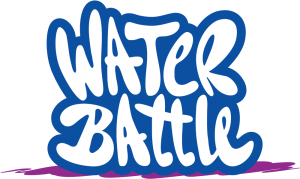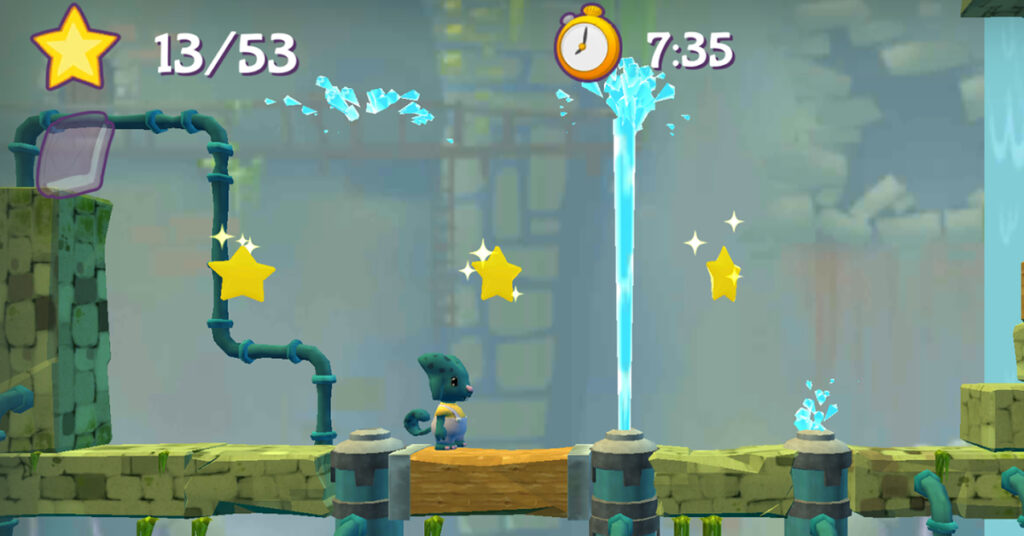We have all, consciously or unconsciously, participated in some form of gamification. Think of getting a free cup of coffee with a full savings card or winning a voucher by taking part in a quiz. Gamification is applying game elements in a non-gaming context. Coming up with a gamification solution seems pretty simple, but it takes more than just a scoreboard, for example, to make it a success. In this article, we’ll tell you how to develop a gamification solution for water saving.
We notice that water companies often wonder what gamification is, how to develop such a solution and how it helps to achieve your goals. As gamification specialists in the field of water-saving, we understand what it takes to develop an effective solution: it’s definitely not that simple. In this article, we will answer the question: how do you develop a gamification solution? We will explain it with examples of water saving.
Do you want to know what gamification is and how you can motivate consumers to save water? Then first read this article!
If you want to apply gamification successfully you need more than just an app or a reward system. The route to a successful gamification solution is as follows:
1. Define the challenge and goals
2. Determine criteria for the gamification project
3. Create a concept and develop the gamification product
4. Test, evaluate… launch!
We are now going to elaborate on these four points. Shall we begin?
Define the challenge and goals
There’s probably a reason you’re reading this article and thinking about developing a gamification solution for water conservation. Sure, gamification is fun. But it must also add value. What is the challenge or problem you want to use gamification for?
Whatever the problem is, discuss it and write it down as concretely as possible. It is crucial to talk to the game’s target group at this stage. You want to know and understand they view the identified problem.
The next step is to formulate your objectives. Usually, you can already derive your objective from your problem/challenge. Most importantly, make the objective specific, measurable, time-bound, achievable, and relevant. An example of such an objective might be: “Achieve an average water savings of 7% among families after three months”
Why are goals so important? First, goals provide focus in the development process. In addition, it helps to determine what the desired effect of the gamification solution should be. For example, suppose your goal as a water company is to save water, then you need to first teach the user more about water conservation, and secondly, give them insight into their water usage.
So if you give target users a virtual tour of the water company to enhance brand image, the user does not gain any knowledge about water-saving or insight into his or her water consumption. We can conclude that this idea should not be given priority because it does not contribute to the goal.
Determine criteria for the gamification project for water saving
This step is often skipped, which prevents the gamification project from being a success. Determining product criteria depends on your objectives. When setting criteria, you can think of the following questions, among others:
- Who is the target audience?
- What is the budget?
- Where will the gamification solution be played (on location or at home)?
- Does the target group need guidance in participating?
- What behavior change should it stimulate / what knowledge should it transfer?
- What partners are needed for the project to succeed?
Create a concept and develop the gamification product
Now that the preconditions are clear, you will have a more concrete idea of what the gamification solution will look like. In this phase, you can start working on a concept and prototypes (if necessary).
For a serious game, this will be a lot more complex than for a gamification solution (read the difference here).
In the concept stage, you are going to define the form of the gamification solution. In this phase, you want to answer questions such as; What should the target audience do? What are the expected results of in-game actions taken by the target audience? A good gamification solution has:
- a goal;
- a challenge;
- insight into progress;
- a reward.
These four components are not for you but for the target audience. For example, with the Water Battle game, the goal is for families to save water and learn more about water consumption. The challenge for children is to complete as many levels of the mobile game as they learn good water conservation habits. In the process, parents are motivated by their children to take water-saving measures. With collected meter readings, Water Battle provides households insight into how much water they use and eventually save. These meter readings are collected from smart and analog meters.
A second method by which children see progress is by completing game levels with which they collect points. With an in-game leaderboard, households can see how well they are doing compared to other households, usually in the same neighbourhood.
The reward system of gamification solutions does not necessarily have to be a real prize. Unlocking badges or completing a game with a good score are equally effective to give people a euphoric feeling.
So once you have a concrete gamification concept and hopefully a prototype, it’s time to test.
Test, evaluate… launch!
One of the goals of the current article is to tell you that formulating a problem/challenge and your goals is important for a gamification solution to succeed. The same goes for the testing phase. This is where you will gather feedback if the gamification product is tested by the target audience. How do they experience it? Are there parts of the gamification product that can be improved to make it even more fun? Collect this data and improve the gamification solution.
Just like developing a new product, a gamification solution will not work optimally at the first trial. It needs continuous testing and optimization until the target optimal experience is reached. This will increase your chances of achieving your goals.
Once the gamification solution is optimal it can be deployed on a larger scale. For this to succeed a good implementation plan is needed. Perhaps you need a website with information about the game. And how do you make sure the target audience knows the gamification solution exists?
Would you like to know more about the Water Battle? Please feel free to contact us!

